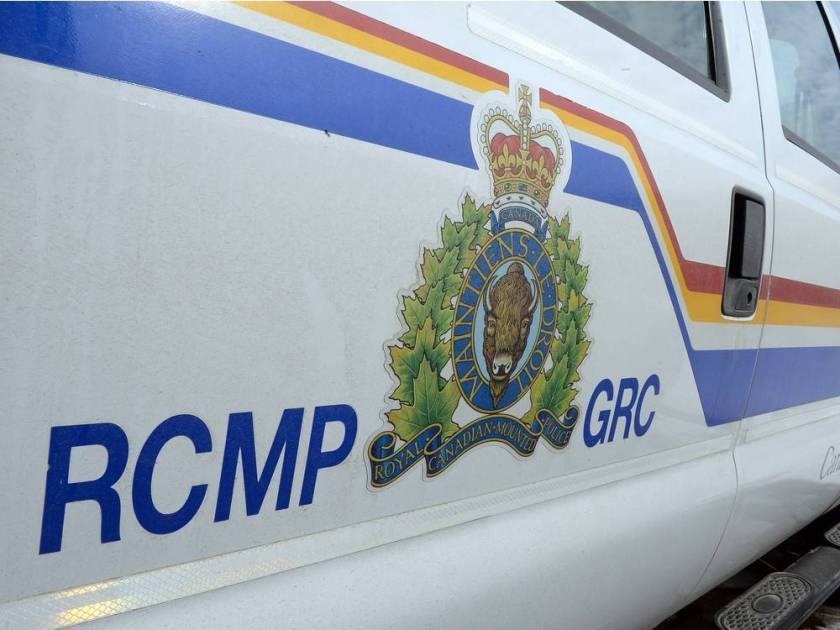A 63-year-old Lake Cowichan woman died and two people were seriously injured in a collision involving two vehicles and an elk on Tuesday night.
A 33-year-old Duncan man and a 62-year-old woman from Vancouver were airlifted to hospital in serious condition.
Preliminary investigation of the crash, which occurred at about 8 p.m. on Highway 18 between Duncan and Lake Cowichan, suggests the 63-year-old woman unsuccessfully attempted to avoid the elk before colliding with an oncoming vehicle.
The second vehicle also struck the elk. Investigators are still determining the order in which the collisions occurred, said Sgt. Trevor Busch of the North Cowichan-Duncan RCMP.
The B.C. Coroners Service is investigating, along with RCMP and Island District Traffic Services.
At 7 a.m. on Wednesday, less than 12 hours after the first crash, a vehicle driven by a 32-year-old man also struck an elk near Lake Cowichan.
The driver’s car was destroyed — the windshield broken and the roof partially ripped off, said B.C. Conservation officer Scott Norris, who was shown a photograph.
Norris said it’s almost unbelievable that the man walked away with no serious injuries given the damage. A typical bull elk weighs 500 to 700 pounds, slightly less than a moose, all of which are in the deer family.
“It’s miraculous — amazing,” said Norris.
There are about 160 Roosevelt elk in the lower Cowichan Valley. While the animals are in mating season, vehicle encounters occur — especially when it’s dark — mostly because of the sheer number of elk in the area, Norris said.
The elk, about the size of a horse, commonly feed in highway ditches and cross the roadway, he said.
“It’s almost every month that we have an elk encounter on the highway,” said Norris.
While the elk are hard to see in the dark because of their colouring, they are also hit in the daytime, despite warning signs in the area, he said.
“There’s not really a rhyme or reason other than they are there and it’s a fairly busy highway.”
The posted speed limit on Highway 18 is 100 kilometres per hour.
The crashes are a reminder that encounters with wildlife can happen at any time, said Busch, who encouraged motorists to drive defensively, slow down and leave plenty of distance from the vehicle in front so they can see wildlife on the road and have enough time to respond.
“I would urge motorists to drive according to conditions and be extra vigilant in foggy or dark conditions at dawn or dusk, when wildlife is most active.”



